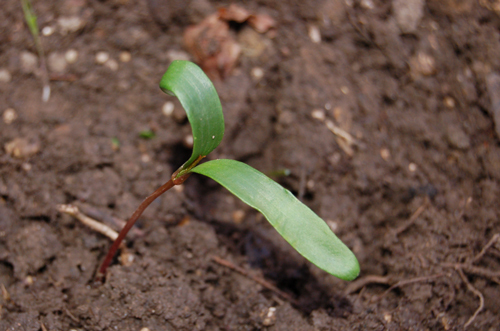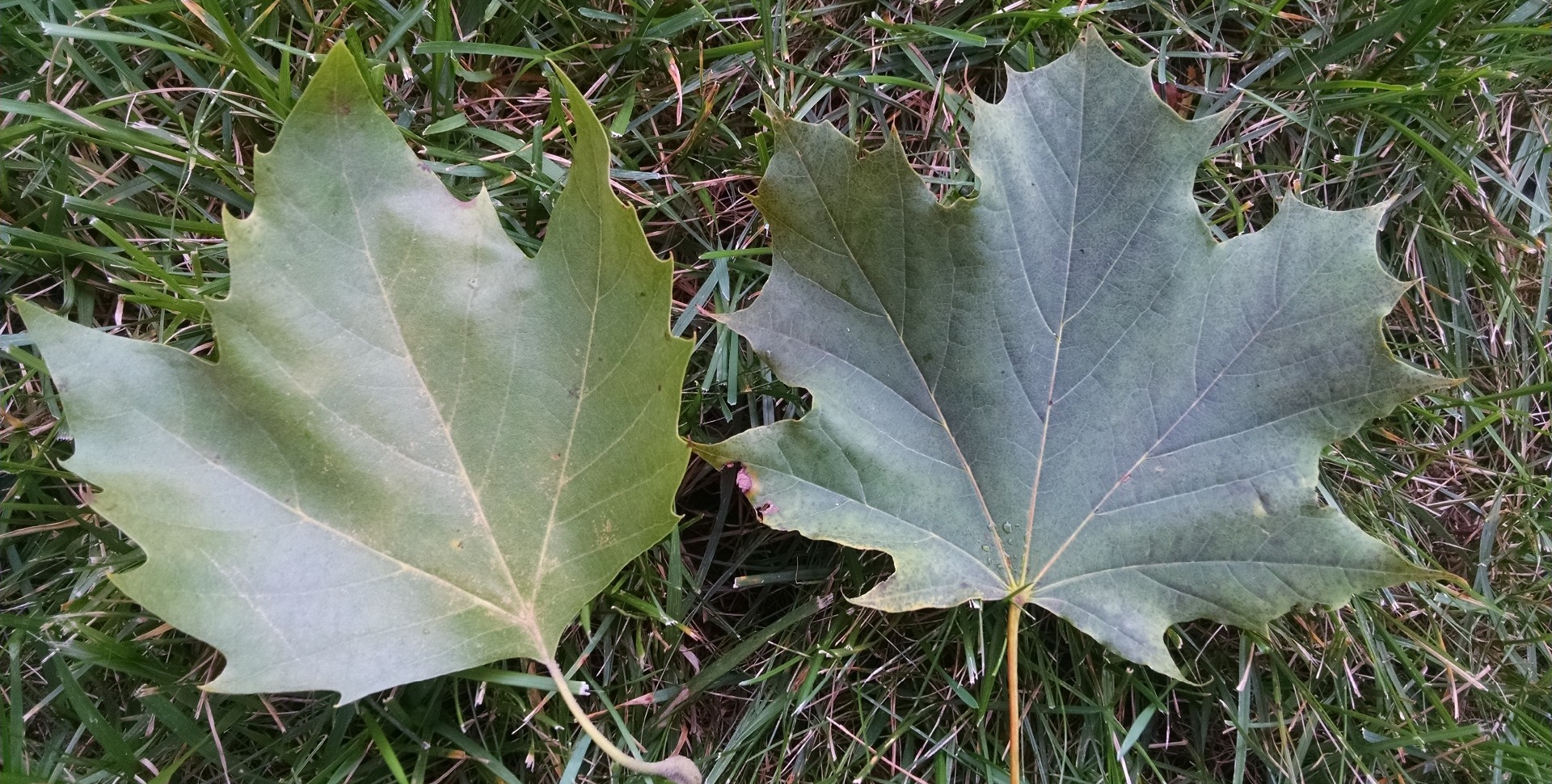Dealing with the Wet and Sycamores
Editor Charley Snowdon speaks to vets from the
RVC, Wendover Heights Equine, Rossdales and Ballinger Equine
about the worrying amount of sycamore saplings appearing
in pastures, the wet weather and what we can do about it.


When will it stop raining?
My goodness, it’s so depressing!
A lot of us are still having to feed hay in the fields and those who have horses living out, this weather brings a whole load of other worries with it. The one thing I have noticed is how our fields are riddled with flourishing sycamore saplings that seem to be relishing in this wet weather.
Atypical Myopathy is a severe and often fatal muscle disorder caused by ingesting sycamore seeds, leaves or seedings and seems to be on the rise.
“There are a few trains of thought as to why we are seeing an increase in Atypical Myopathy”, said Rossdales vet Ria Chalder. “One is that twenty years ago we simply were not aware of the disorder and the other is that sycamore trees are now carrying more toxins or that the saplings are not being killed off over winter due to climate change.”
With the grass struggling to grow through trodden mud I have no doubt that our beloved horses are digesting them, so here’s the question, what can we do about it?
The thought of painstakingly removing a trillion saplings from our pastures by hand is unrealistic and probably a task conducted in vain.
“The most important thing is to keep a constant hay/haylage supply in the field”, said Wendover Heights vet Lara Gosling. “The grass is still struggling to come through even in April with all this wet weather so you want to offer a tastier and easier alternative than scavenging for scraps of grass that are often accompanied by saplings.”
“Sheep are also less sensitive to the toxins in sycamore and can be useful at hoovering the saplings from bearer pastures”, tipped Ria Chalder. “We haven’t seen any cases at Rossdales yet this spring touch wood, but we are definitely on standby.”
The strange thing about Atypical Myopathy is that not all sycamore trees carry the toxin that cause the disorder. “The RVC can test for the toxin from a particular tree, grazing area or whole paddock”, said RVC vet Jason Tupper. “If the toxin is present then you know that the tree needs to be removed and that those paddocks affected are not safe to be grazed.”
The RVC offer this service for £60 including VAT and seems a sensible, preventative measure.
“Atypical Myopathy kills around three quarters of affected horses so it is paramount to get a suspected case seen by a vet immediately”, stressed vet Lara Gosling. “The disorder effects the kidneys so intravenous fluids need to be given as a matter of urgency plus pain relief.”
The wet weather is also playing havoc with horse’s legs and feet as hours spent standing in sodden mud is obviously not ideal.
“Mud fever and foot abbesses are becoming a common problem”, said Susanna Ballinger of Ballinger Equine. “Horses need to ideally be brought in off the mud for their legs to dry and then the mud needs to be brushed off not hosed.
A preventative barrier cream can then be applied and the horse can then return to the paddock. Prevention is key with mud fever.”
by Charley Snowdon
Editor - GBRider
Clinical symptoms of the disorder are:
General Weakness: horses struggle to walk, stand and breath
Many horses develop heart problems
Horses appear depressed with low hanging heads
Muscle trembling
Signs of severe colic - yet, unlike colic, they still have an appetite
Brown or dark urine
Severely affected horses become unable to stand
If your horse is demonstrating any of the above signs
then call your vet immediately, do not delay!
The main points for dealing with
the wet and sycamores are:
1. Hay, hay and more hay!
Make sure your horses out on sodden,
struggling pastures have an unlimited supply
2. Have any trees, saplings or leaves tested by the RVC that surround
your pastures for ease of mind and as a preventative measure
3. Grazing sheep on sparse pastures can help
4. Take horses off the mud if possible to let their legs dry then brush
off mud (not hose) and then apply a mud fever preventative barrier cream.
5. If your horse shows any of the listed clinical signs of Atypical Myopathy
or even a mild colic then call your vet immediately, quick treatment is key to recovery.



















